Objective: To evaluate implementation of a community-engaged approach to scale up COVID-19 mass testing in low-income, majority-Latino communities.
Methods: In January 2021, we formed a community-academic "Latino COVID-19 Collaborative" with residents, leaders, and community-based organizations (CBOs) from majority-Latinx, low-income communities in three California counties (Marin/Merced/San Francisco). The collaborative met monthly to discuss barriers/facilitators for COVID-19 testing, and plan mass testing events informed by San Francisco's Unidos en Salud "test and respond" model, offering community-based COVID-19 testing and post-test support in two US-census tracts: Canal (Marin) and Planada (Merced). We evaluated implementation using the RE-AIM framework. To further assess testing barriers, we surveyed a random sample of residents who did not attend the events.
Results: Fifty-five residents and CBO staff participated in the Latino collaborative. Leading facilitators identified to increase testing were extended hours of community-based testing and financial support during isolation. In March-April 2021, 1,217 people attended mass-testing events over 13 days: COVID-19 positivity was 3% and 1% in Canal and Planada, respectively. The RE-AIM evaluation found: census tract testing coverage of 4.2% and 6.3%, respectively; 90% of event attendees were Latino, 89% had household income <$50,000/year, and 44% first-time testers (reach), effectiveness in diagnosing symptomatic cases early (median isolation time: 7 days) and asymptomatic COVID-19 (41% at diagnosis), high adoption by CBOs in both counties, implementation of rapid testing (median: 17.5 minutes) and disclosure, and post-event maintenance of community-based testing. Among 265 non-attendees surveyed, 114 (43%) reported they were aware of the event: reasons for non-attendance among the 114 were insufficient time (32%), inability to leave work (24%), and perceptions that testing was unnecessary post-vaccination (24%) or when asymptomatic (25%).
Conclusion: Community-engaged mass "test and respond" events offer a reproducible approach to rapidly increase COVID-19 testing access in low-income, Latinx communities.

